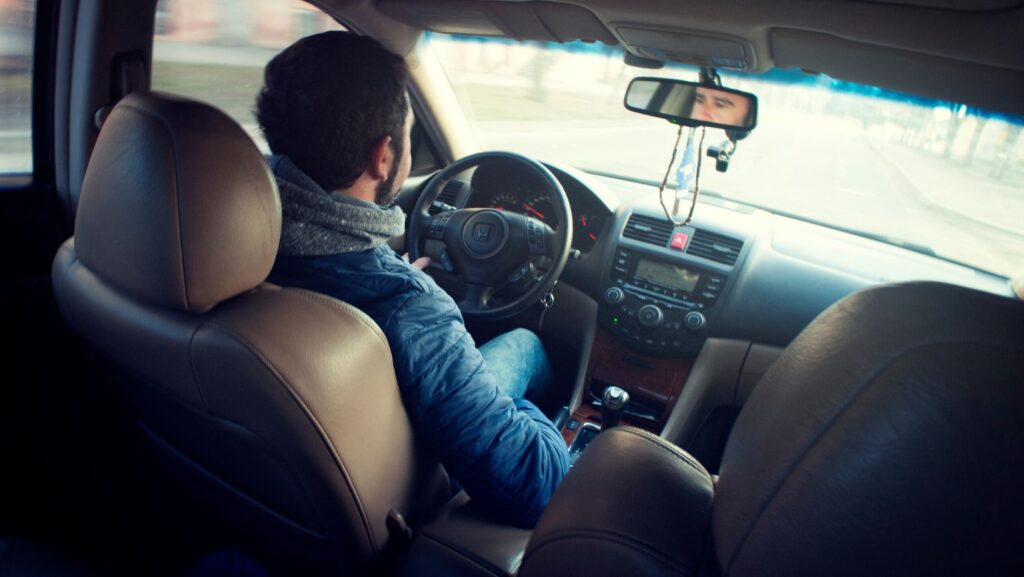
Every driver knows some intersections feel riskier than others. You approach them with extra caution. Your hands grip tighter. You scan constantly. That instinct is usually right because data confirms it. Certain intersections consistently see more accidents than others. These aren’t random concentrations of bad luck. They result from specific combinations of traffic patterns, road design, and driver behavior. Understanding what makes these locations particularly dangerous helps you navigate them safely.
High-risk intersections combine multiple dangerous elements that amplify crash likelihood. Heavy congestion means more vehicles competing for limited space. Poor design creates confusing traffic flows. Sight lines get blocked by buildings or vegetation. Signals malfunction or create confusion. Drivers become frustrated in congestion and take risks. These factors don’t cause accidents individually, but together they create perfect conditions for collisions. Recognizing these combinations helps drivers anticipate danger.
Every driver knows some intersections feel riskier than others. That instinct is backed up by hard data showing dangerous intersections in Texas that consistently see more accidents than average locations. These high-risk areas combine congestion, poor design, and driver distraction into accident-prone zones. Understanding where and why these accidents happen helps you plan safer routes and avoid serious collisions.
What Makes an Intersection “Dangerous” in the First Place
Design flaws create danger systematically. Unclear turn lanes confuse drivers about where to position vehicles. Inadequate visibility from stopped positions means drivers can’t see oncoming traffic before proceeding. Poor signal timing creates gaps where crossing feels ambiguous. Merging lanes with insufficient space force tight maneuvering. These design issues aren’t accidents, they’re problems engineers should have solved. When they don’t, those intersections become chronically dangerous.
Traffic volume and timing matter enormously. Rush hour congestion turns inherently risky intersections into collision zones. Patient driving becomes impossible when hundreds of cars compete for limited space. Aggressive lane changing, running red lights, and unsafe passing become common. Frustrated drivers make poor decisions they’d normally avoid. The same intersection at 2 AM might be perfectly safe, but at 5 PM it’s a war zone.
Driver behavior multiplies these effects. Distracted driving at dangerous intersections is catastrophic. A moment checking your phone at a normal intersection might be forgiven. At a high-risk intersection during rush hour, that distraction causes crashes. Fatigue makes drivers slow to react. Impairment at dangerous intersections dramatically increases crash likelihood. These human factors combine with infrastructure problems to create genuine danger zones.
The Most Accident-Prone Intersections in Major Texas Cities
Houston has notorious problem intersections. The intersection of I-10 and I-610 sees constant congestion and frequent crashes. 290 and 6 combines heavy traffic with confusing design creating accident clusters. 610 and 59 experiences daily collisions from merging chaos. These aren’t isolated incidents, they’re patterns showing up month after month in accident data. Local drivers learn these reputations through experience or near-misses.

Dallas has equally problematic areas. The I-35E and I-635 interchange is a merge nightmare. 75 and 635 sees constant accident activity. These intersections appear repeatedly in crash statistics. Insurance companies flag these areas for higher claim volumes. Police deploy extra patrol cars. Traffic management systems activate during peak times. That infrastructure response acknowledges the danger objectively.
San Antonio, Austin, and Fort Worth all have their notorious intersections. Local drivers and police know which areas demand extra caution. Avoiding these intersections during peak times when possible makes driving safer. Slowing down and extra alertness when unavoidable minimizes crash risk. That strategic awareness prevents accidents before they happen.
How Time of Day and Traffic Volume Raise the Risk
Rush hour concentration creates danger through sheer volume. More vehicles mean more potential conflicts. Parking lots move faster than rush hour traffic. Drivers become frustrated, aggressive, and impatient. That emotional state leads to risky decisions. Red light running, illegal passing, and unsafe merging become common. Safety margins that exist at normal traffic volumes disappear completely.
Time-of-day patterns are predictable. Morning rush creates westbound congestion into cities. Evening rush creates reverse patterns. Understanding your commute timing helps you choose safer hours when possible. Flexible work schedules that avoid peak times reduce accident risk substantially. Early arrival or late departure sometimes avoids the worst traffic. That flexibility is valuable insurance against rush hour chaos.
Weekend traffic differs from weekday patterns. Daytime weekend driving at supposedly dangerous intersections is often safer because volume is lower. Late weekend nights see different danger patterns. Understanding these temporal variations helps optimize safety. Timing your travel strategically around traffic patterns prevents being caught in worst-case scenarios.
What Cities Are Doing to Improve Road Safety
Traffic management systems monitor intersections constantly. Signals adjust timing based on real-time traffic. Digital signs alert drivers to problems ahead. Congestion detection triggers alternative routing suggestions through navigation apps. These systems manage flow more efficiently than rigid timing. Smoother flow reduces frustration-driven dangerous driving. Better coordination prevents the chaos that creates accidents.
Infrastructure improvements address design problems directly. Adding turn lanes reduces merging conflicts. Improving visibility through vegetation removal or signal positioning helps drivers see threats. Better signal design reduces ambiguity about when it’s safe to proceed. These improvements cost money but reduce accidents substantially. Cities investing in dangerous intersections see measurable safety improvements over time.
Enforcement increases at high-risk locations. Police presence deters aggressive driving. Speeding enforcement at dangerous intersections reduces excessive speed. Red light cameras catch violations at critical moments. That consistent enforcement changes driver behavior. People drive more cautiously when enforcement is visible. That behavioral change reduces accident likelihood.
Bottom Line
Awareness and better driving habits lower crash risk significantly. Knowing which intersections are dangerous helps you plan routes avoiding peak times when possible. Extra caution and reduced speed at high-risk areas prevent accidents. Avoiding distractions becomes critical at these locations. That strategic combination protects you and everyone sharing the road.
Staying alert in dangerous intersections requires mental discipline. Minimize distractions. Reduce speed. Anticipate conflicts. Scan constantly. That active engagement prevents accidents that result from inattention. Your alertness directly determines whether you navigate dangerous intersections safely or become another accident statistic.
Drive defensively through known problem areas. Assume other drivers will make mistakes. Position yourself for safety. Give yourself escape routes. That defensive mindset prevents collisions even when other drivers behave recklessly. Caution and awareness transform dangerous intersections from accident zones into manageable situations.















